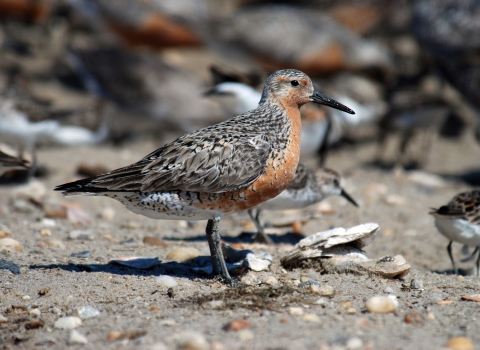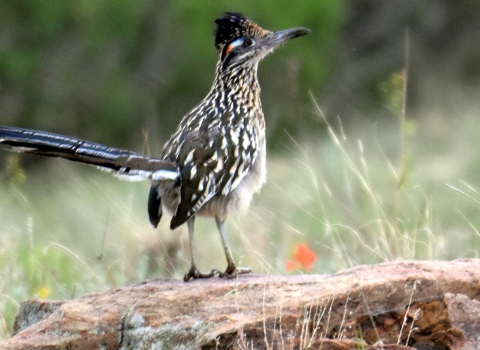The Louisiana Pearlshell Mussel (Margaritifera hembeli; LPM) is a threatened freshwater mussel species native to the Red River drainage within the Rapides and Grant Parish areas of central Louisiana. LPM were initially listed as an endangered species in 1988, although the species has since been down-listed to threatened upon the discovery of additional populations in 1993. Conservation of the species has been challenging due to the unique and fragile life history of M. hembeli, and Natchitoches National Fish Hatchery has experienced these challenges first-hand as we have been working on various aspects of recovery for over a decade.
There are several strategies available to biologists to aid in recovery and, while propagation is an effective method, a multi-faceted approach to recovery may prove more beneficial. Currently, the US Forest Service (USFS) is working with Lafayette Ecological Services Office on a biological assessment (BA) that will allow for translocation activities or moving individuals from one stream where the species is currently found to another stream where the species has been extirpated. Over the summer, biologist, Lindsey Adams, along with the USFS scouted new stocking locations within Big Brushy Creek in the Kisatchie National Forest that could potentially be used for these translocation efforts. Six locations in a 1.5-mile stretch were marked as possible future mussel sites. These locations are located where a run section meets a riffle creating a shallowing area (6-18inches) with a good mix of soft sand and small gravel, typical of known adult beds. The group decided to continue monitoring the locations to ensure the habitat can handle extreme weather events – such as droughts, floods, and hurricanes - and will not compromise stocked mussels during various such events.
The proposed translocation activities would consist of PIT tagging 25-50 scattered adults (mussels outside of a bed area that do not reach a minimum threshold to constitute another bed) from a creek TBD and moving them to these sites within Big Brushy Creek. It will take multiple years of monitoring to determine the effects moving the adult mussels has on the individuals and if any propagation or recruitment is occurring. Big Brushy Creek has no recent record of LPM, so any juveniles detected will be a product of this activity and used as a determinant of success. In the big picture of recovery, we are hoping this activity can help establish new populations while propagation efforts at the hatchery continue to become more efficient and stay focused in areas other areas in their range. Hopefully, attacking recovery from multiple angles can help the species on its’ way to recovery.





